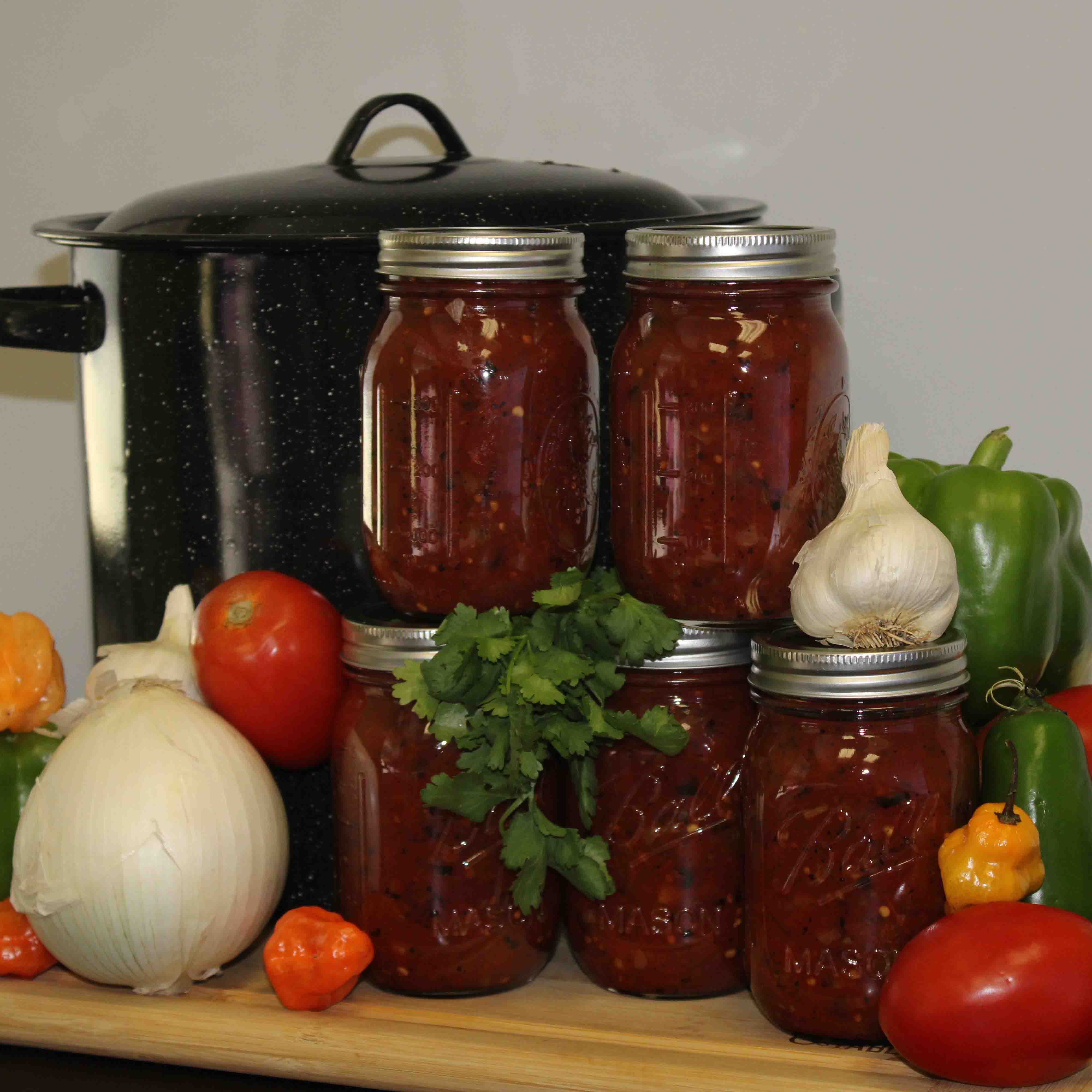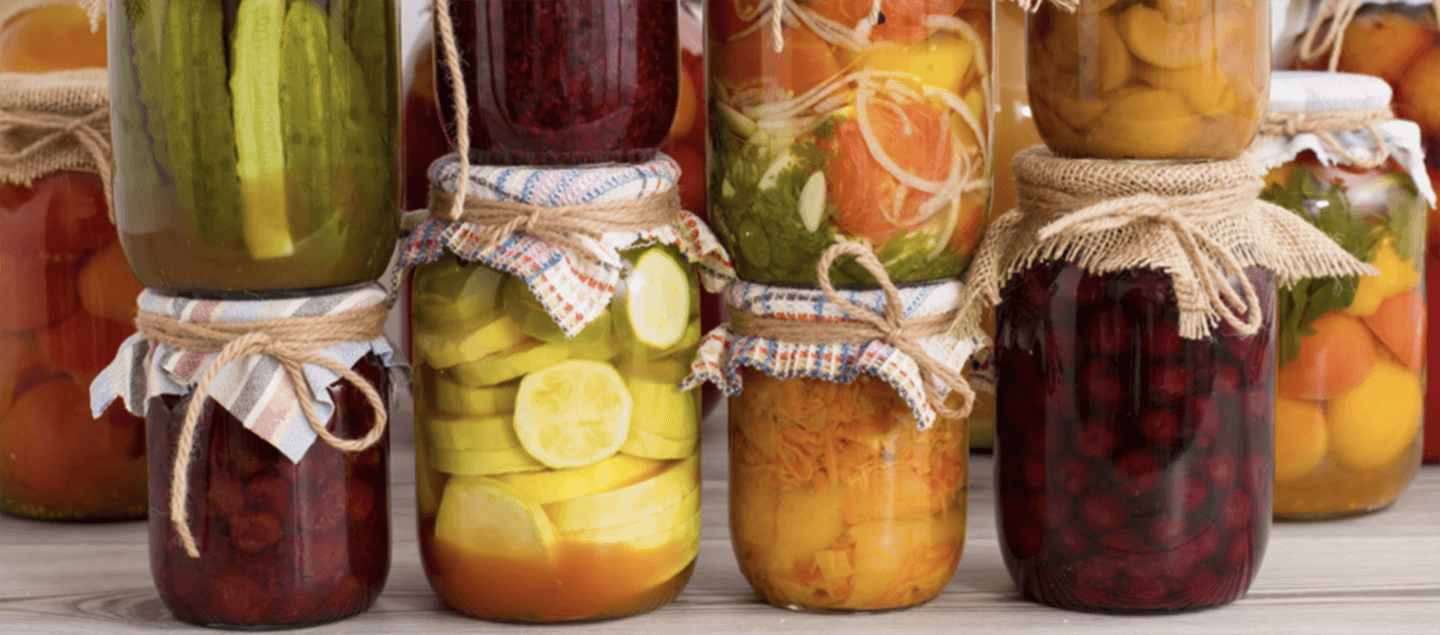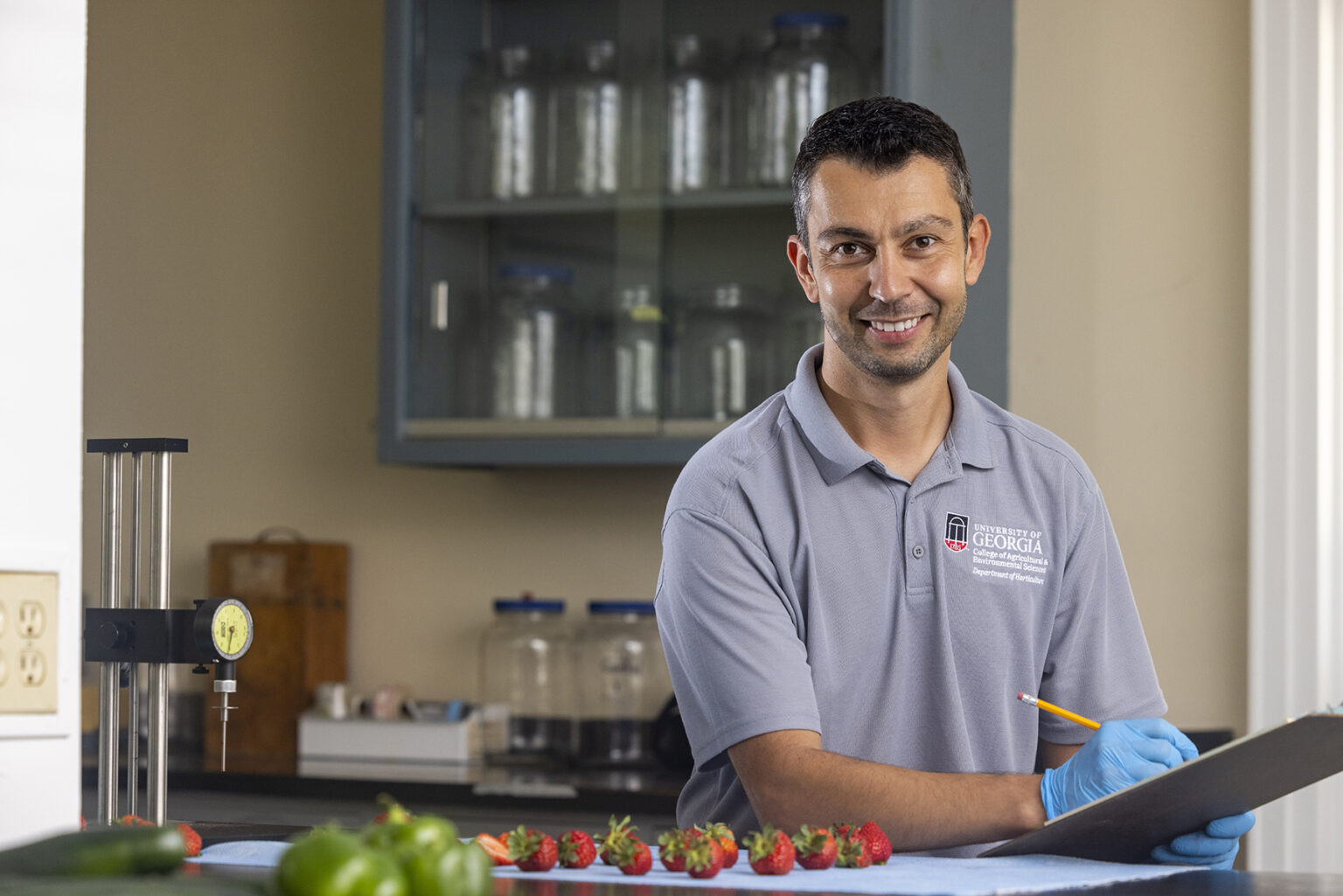It’s the height of tomato season in Georgia and the harvest is abundant. Tomatoes can be preserved by canning, drying, freezing or pickling. They can also be used in creating fruit spreads like jams, jellies and marmalades.
Raw tomatoes or raw tomato products can be kept refrigerated (below 40 degrees Fahrenheit), but will spoil over time due to bacteria, yeasts and molds.
Canning tomatoes
Only boiling water or pressure canning methods are recommended for canning foods. Older methods, such as oven canning and open-kettle canning, have been discredited and can be hazardous. The risk of botulism poisoning determines the choice of either boiling water or pressure canners for canning foods. In foods that are acidic (pH 4.6 or lower), the microorganism that causes botulism cannot grow. It is safe to use a boiling water bath canner when you know that foods have a pH 4.6 or below. All other foods must be canned using tested pressure canning processes.
For many years, tomatoes were considered highly acidic. However, new varieties, over-mature fruits, and tomatoes from dead or frost-killed vines may have a pH greater than 4.6. The U.S. Department of Agriculture and university-based researchers have determined that to ensure a safe acid level for boiling water canning of whole, crushed or juiced tomatoes, home preservers should add 2 tablespoons of bottled lemon juice or ½ teaspoon of citric acid per quart of tomatoes. For pints, use 1 tablespoon of bottled lemon juice or ¼ teaspoon of citric acid. Acid can be added directly to the jars before filling the jars with product. Add sugar to offset the acidic taste, if desired.
University of Georgia Cooperative Extension has many tested home canning procedures and recipes using tomatoes. They include tomato juice or sauces, crushed tomatoes, whole or halved tomatoes, ketchups and salsas. There are also numerous relishes and pickled green tomatoes. These can be found in "So Easy to Preserve," or online at the National Center for Home Food Preservation.
The safety concerns of pickled tomatoes are the same as those for canning tomatoes. A pH below 4.6 must be achieved before a food can be safely boiling water canned. When pickling, commercially prepared vinegar is typically added to achieve the necessary acidity. Do not alter vinegar, food or water proportions in a recipe or use vinegar with unknown acidity. Use only recipes with tested proportions of ingredients. There must be a minimum, uniform level of acid throughout the mixed product to prevent the growth of botulinum bacteria.
Freezing tomatoes
Frozen tomatoes will have a mushy texture when thawed and are considered suitable only for cooking, e.g., in soups, stews or spaghetti sauces. Directions for freezing tomato juice or raw or stewed tomatoes are found at uga.edu/nchfp/how/freeze/tomato. Tomato products, such as sauce, puree, ketchup and chili sauce, can be frozen. Prepare as usual, cool rapidly, pack into rigid containers leaving headspace and freeze.
Drying tomatoes
Tomatoes are an excellent food to dry. Although thick slices can be blanched for better keeping quality, thin slices of Roma-style tomatoes can be dried without blanching. Seasoning these unheated slices with oregano or other dried herbs while they are drying can add some special taste, and they also smell wonderful while drying. In the humidity of Georgia, drying should be done in an electric dehydrator or oven but not attempted outdoors in the sun.
Tomato preserves
Don't overlook the less common sweet spread that can be made with luscious tomatoes. Once again, the safety of a tomato preserve is dependent on its acid level. UGA Extension has both a spiced tomato jam (made with powdered pectin) and a tomato marmalade. These make great homemade gifts to have on hand.
Think safety
There are many ways and recipes to preserve tomatoes from drying, canning and freezing. These methods allow creativity to shine, but it is critical to keep food safety in mind. The pH of tomatoes is on the borderline between low- and high-acid foods, making them potentially hazardous. When selecting a method, always use research-based recipes and procedures to safely preserve the plentiful bounty of tomato season.
(Alexis Roberts and Kayla Wall, UGA Extension Family and Consumer Sciences agents, contributed to this story.)





.jpg)
.jpg)

